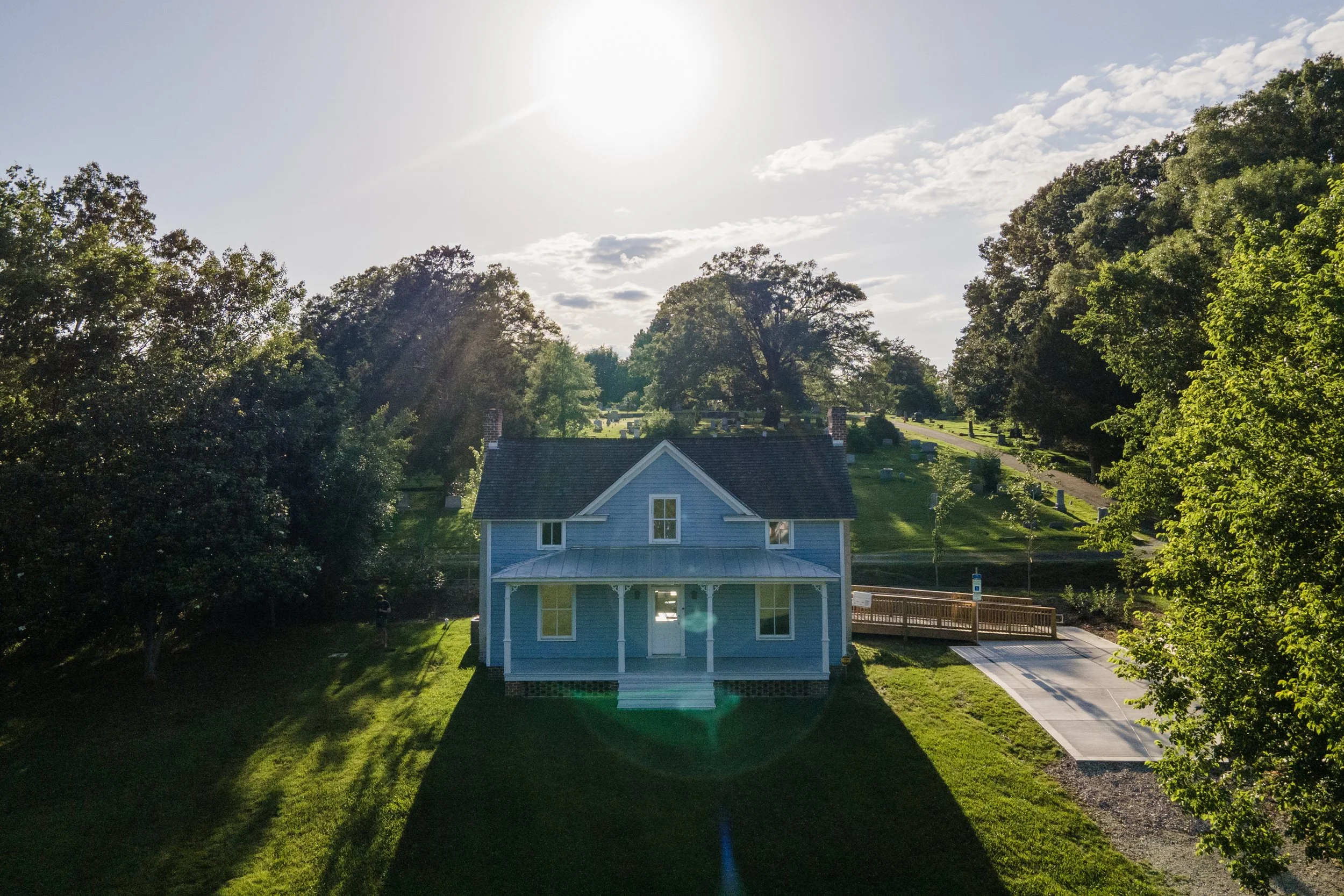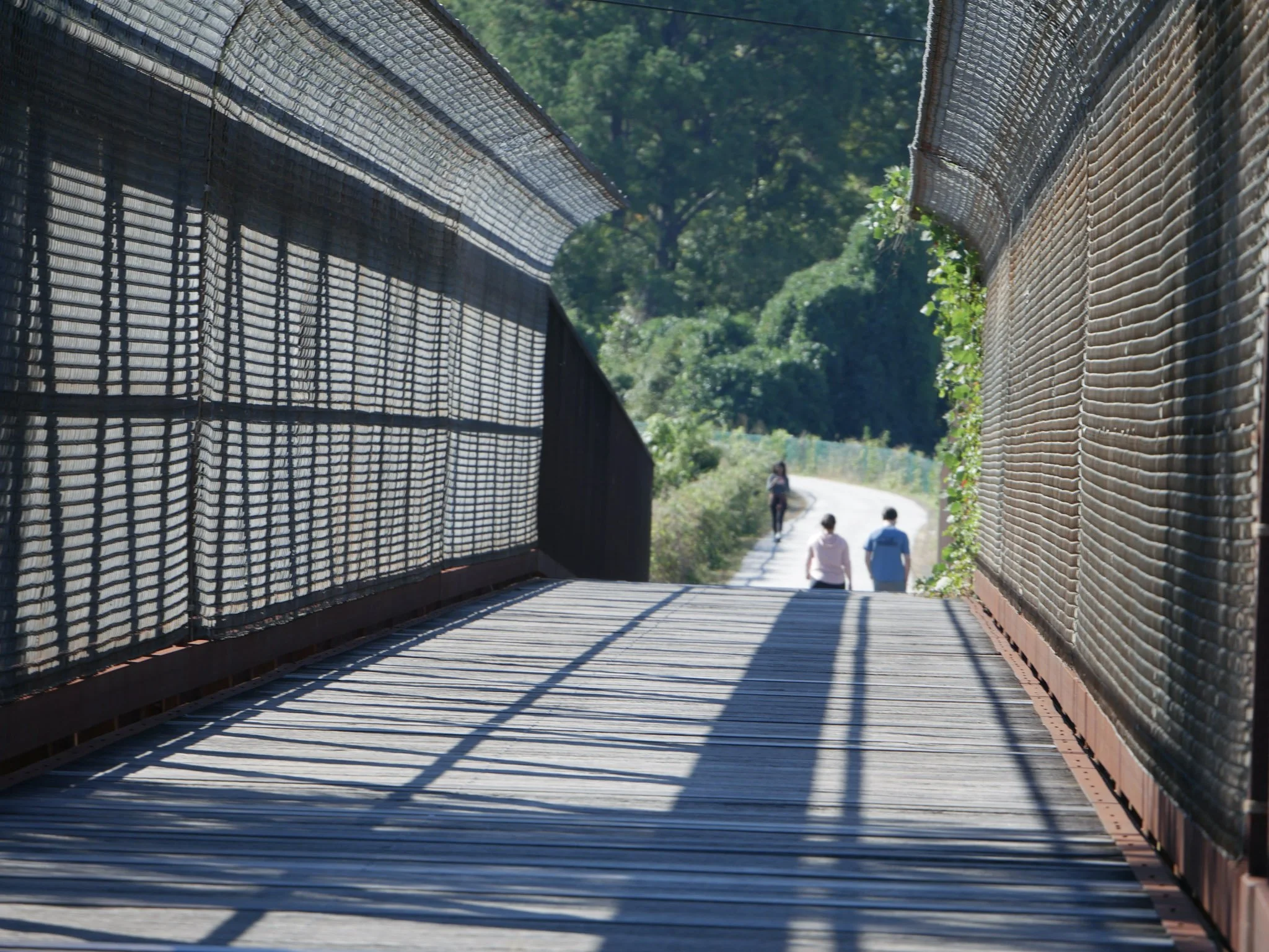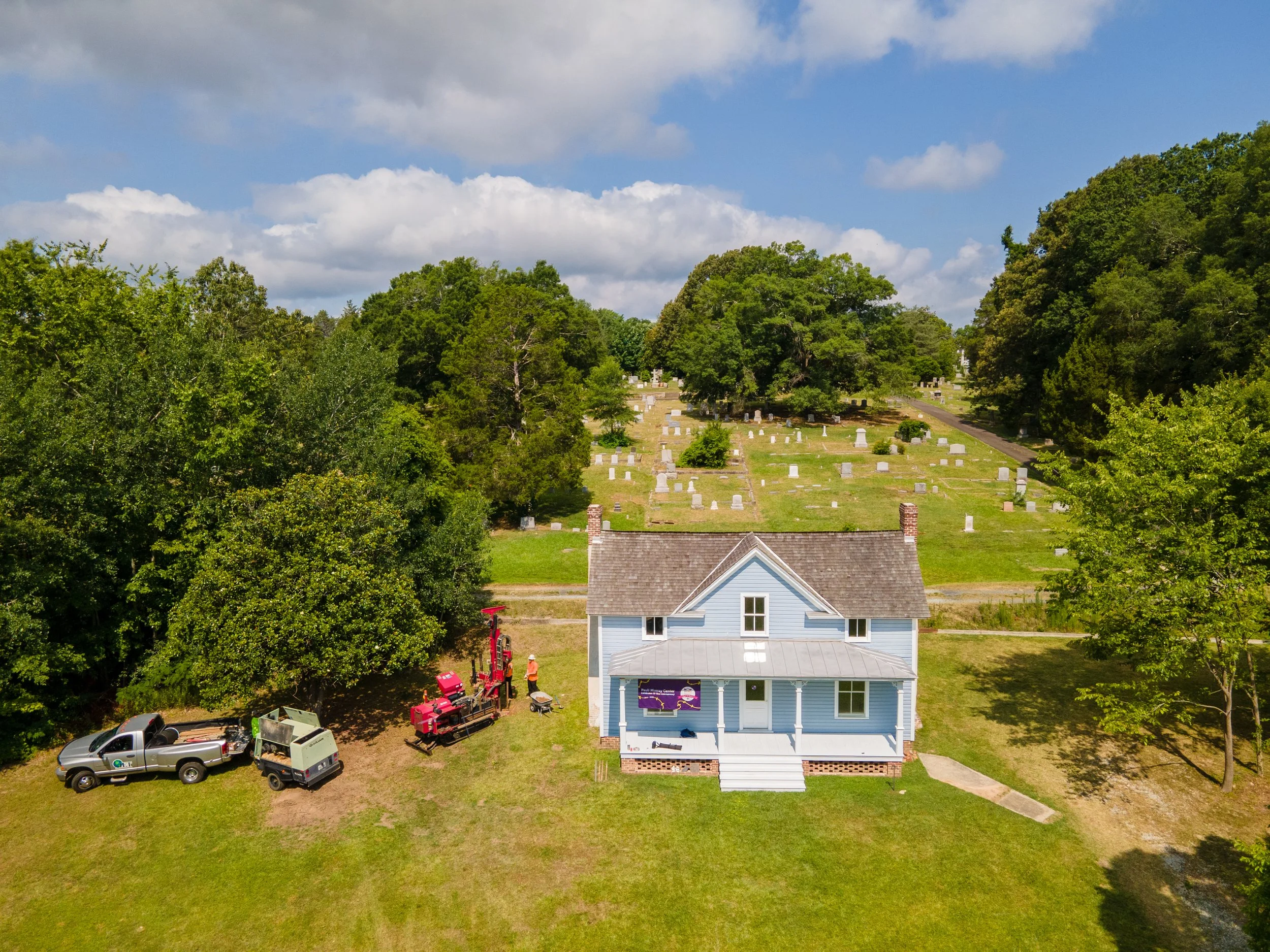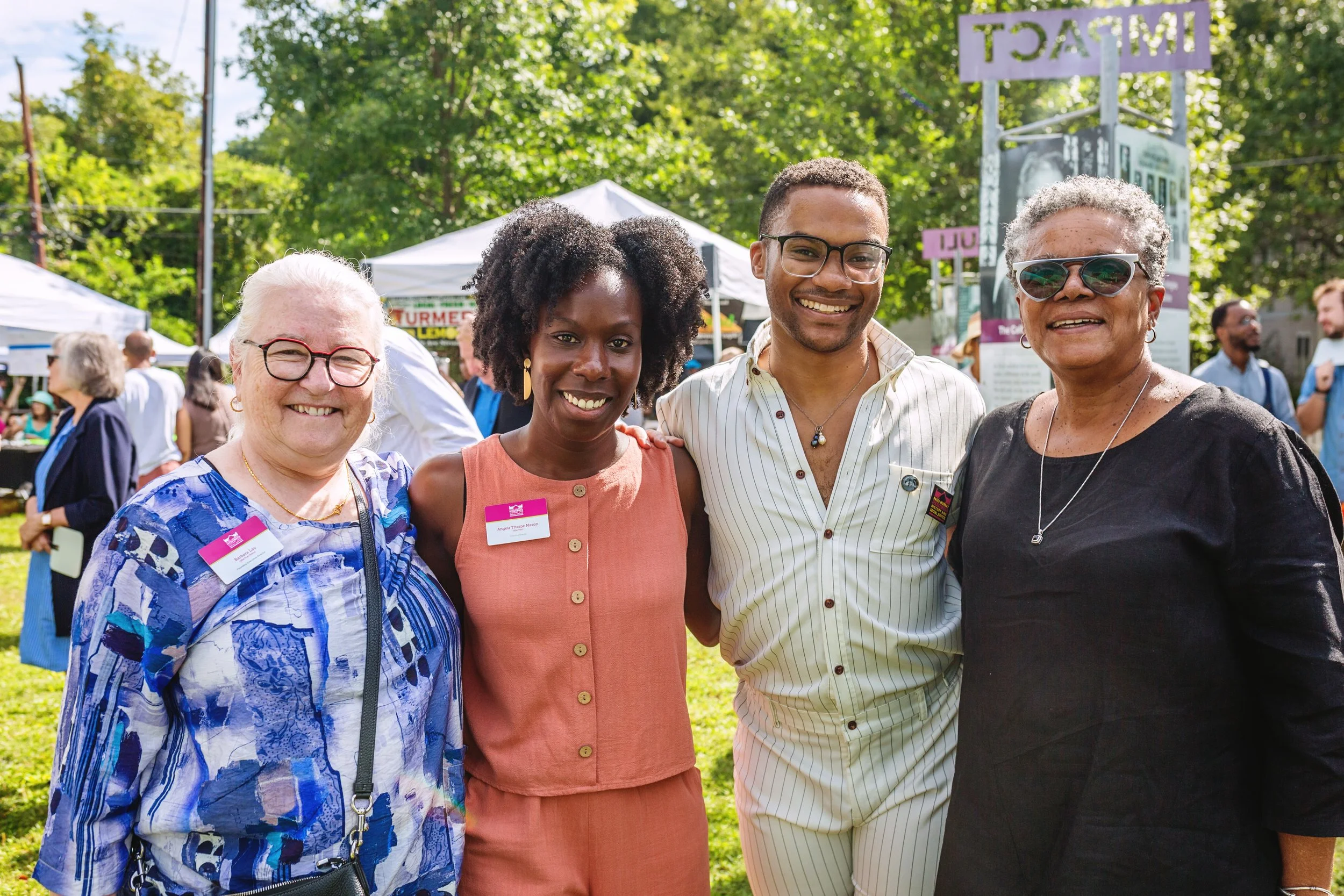Dear Friends:
We are facing strong headwinds.
Challenges to voting rights. Shameless gerrymandering. Federally-sanctioned bounty hunting of our friends and neighbors. The list goes on.
Frankly, if you’ve been paying attention, you saw much of this coming. I recently reminded a colleague that large-scale oppressive agendas are piloted and refined in local communities. For example, last spring Human Rights Watch rang the alarm when the U.S. Supreme Court allowed discriminatory voting maps drawn in South Carolina in 2021 to be upheld; noting that other state legislatures would follow suit in the absence of further federal protections.
“I told you so” isn’t helpful, however. I recognize that the oppression we are bearing witness to (and in some cases, experiencing) is more swift, inhumane, violent, and senseless that some could have anticipated. As is my practice, I’ve turned to Saint Pauli Murray for answers.
Saint Pauli doesn’t offer us on-the-nose solutions for our hyperspecific issues. However, they guide us through how to think and move through them. I’ve been wrestling with this idea in these terms: Pauli isn’t here to build our house, but she has left us blueprints.
In the last decade of her life, Rev. Dr. Pauli Murray shared with Dr. Genna Rae McNeil that “liberation” was her priority: Pauli was “...radical to the extent that [they wanted] to see the individual human being as free as is possible to fulfill [their] creative potential”.
So, what does it mean to do liberation work in the face of violent oppression? Pauli pursued direct, immediate action. They mounted sit-ins, launched letter-writing campaigns, founded organizations, organized marches, participated in protests, crafted groundbreaking legal resources and more. When it was not possible for them to act, Pauli wrote poetry: “...when I could effectively act, I did not write. When I could not act, when I was blocked from acting, it came out in words.” Finally, Murray took the long view. For example: much of Pauli’s civil rights work took place years, even decades, before the height of the Civil Rights Movement. Their work from the 1930s to early 1950s served as a strong foundation for activists, organizers, attorneys, and policymakers to build upon in the 1950s and 60s. They had the courage to be “on the frontier” of shaping an equitable society for oppressed people. “When there was a principle which I felt I ought to act on, I did not stand in fear of consequences,” said Rev. Dr. Murray in her conversation with Dr. McNeil.
So, I believe Saint Pauli Murray’s message is this: don’t let the headwinds topple you. Stand firm. Take action, and respond to (local) issues that concern you. If/when you can’t do this, create; art is a form of activism. Finally, take the long view. We are in the midst of another great nadir. But liberation movements are born in the face of oppression. They also take years to bear fruit. Let’s hold on.
Onward,
Angela Thorpe Mason
Executive Director
Pauli Murray Center for History and Social Justice





















